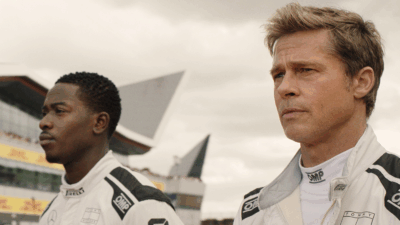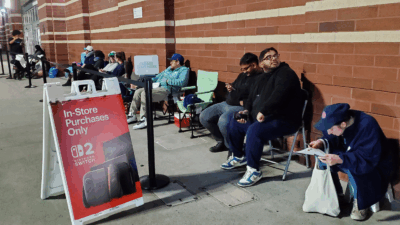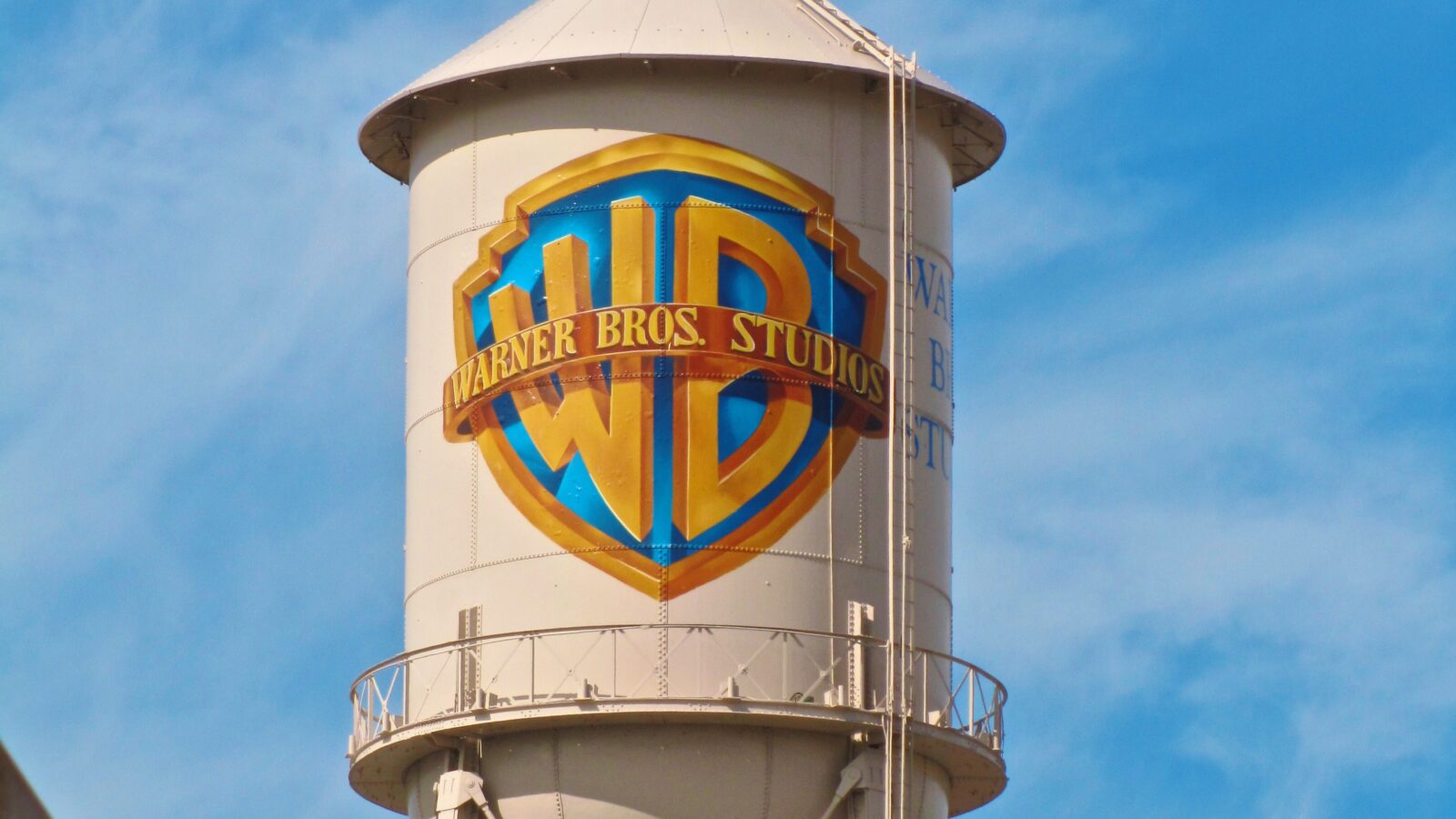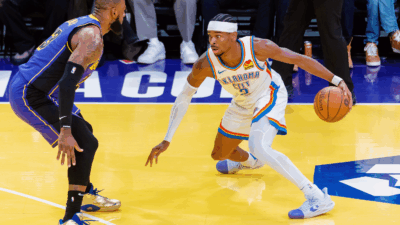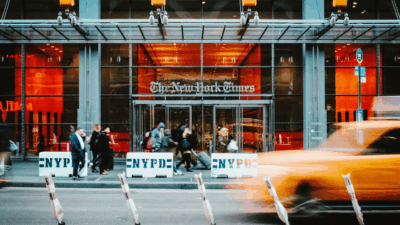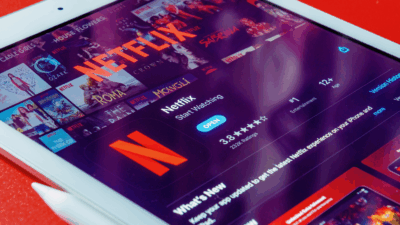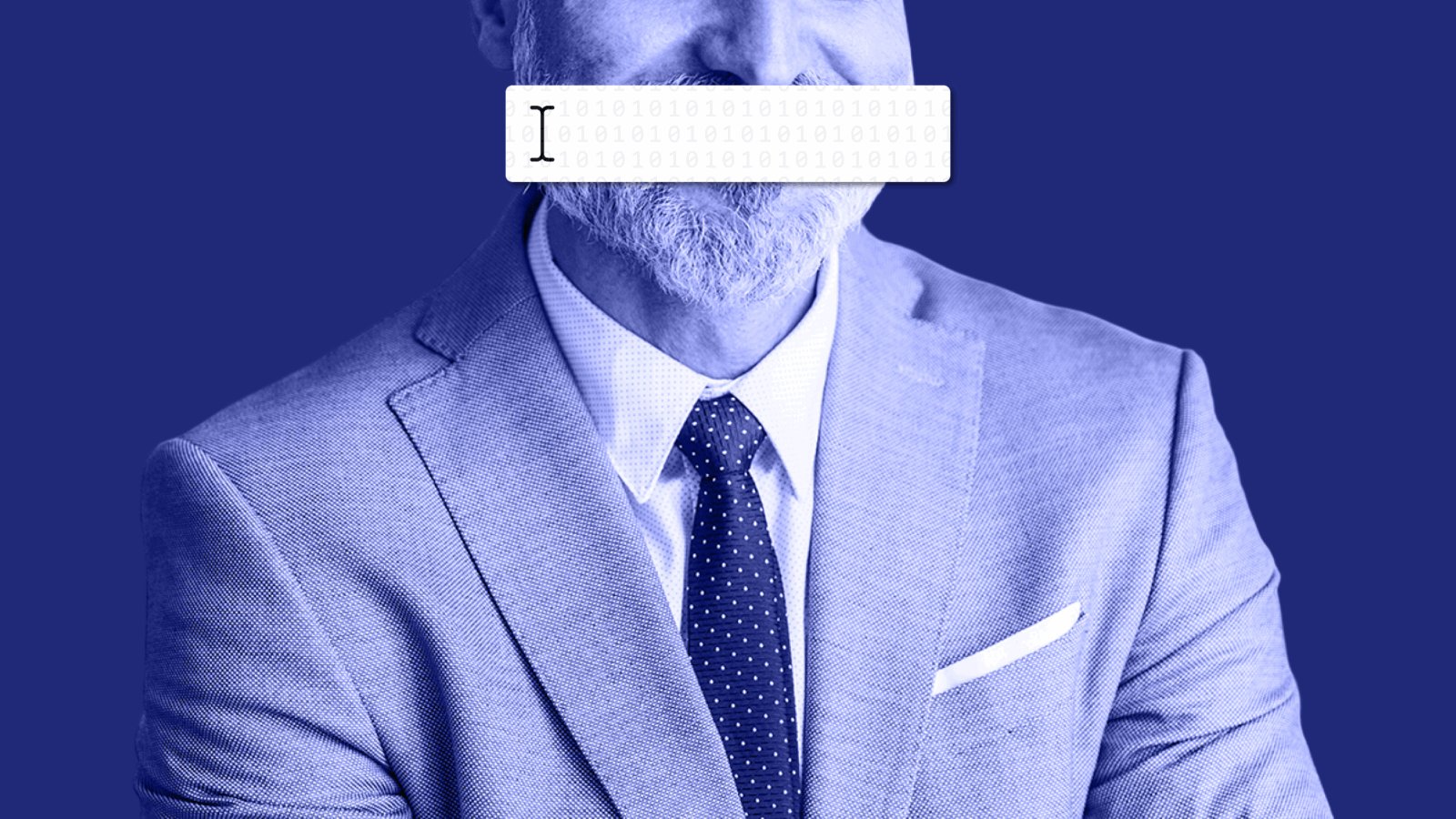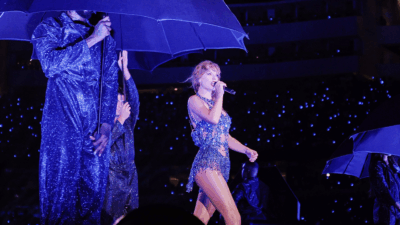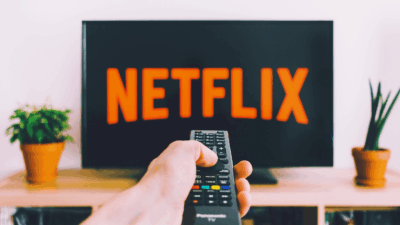The Wider World of Sports: Upstart Sports Leagues are Putting up a Fight
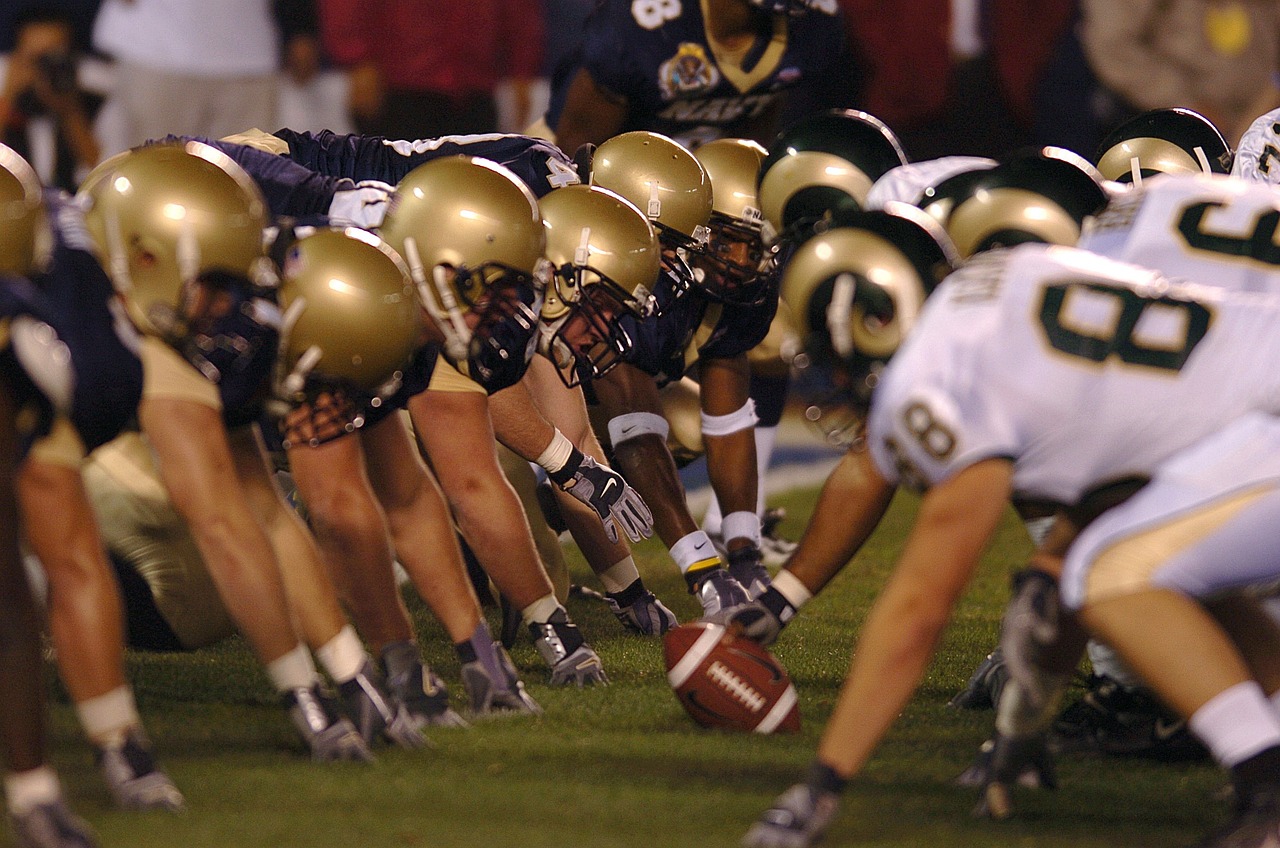
Sign up for smart news, insights, and analysis on the biggest financial stories of the day.
For the better part of a century, the American sports market has been dominated by a handful of brands that have become synonymous within their respective athletics. MLB is to baseball as NFL is to football as NBA is to basketball and so on and so forth, all of which equates to tens of billions of dollars in revenue each year.
But America’s favorite past times have entered somewhat uncharted territory as a handful of upstart leagues are attempting to create legitimate alternatives and supplementaries to the old guard. Individual athletes are shaking up industries, demanding more equity and representation in their respective sports. Entire governments are competing for a spot among the upper echelons of sports brands.
The most high-profile case, of course, is the LIV Golf Tour, the Saudi Arabian upstart that intended to poach many of the PGA Tour’s biggest stars in an attempt to bleed the leading league dry. The golf wars came to a shocking conclusion last week when the two tours agreed to a merger. But one thing’s for sure: It won’t be the last league to try and knock-out the reigning champ, and it certainly wasn’t the first, either.
So throw on some pads, bite down on your mouth guard, and limber up as we dive deep into America’s transforming sports landscape.
Are You Ready for Some Football
First let’s take a look at two endeavors that didn’t manage to turn heads or ultimately fell under the weight of their own ambitions.
In the late 1980s, the United States Football League offered gridiron action in the spring and summer. ABC even turned a profit broadcasting the USFL’s first season thanks to sponsors like Anheauser Busch, Chevrolet, and Miller. But then the league flew too close to the Sun:
- In a push led by Donald Trump, then-owner of USFL team the New Jersey Generals, the league attempted to compete directly with the NFL by scheduling its third season in the fall and winter and alleging antitrust behavior between the NFL and its three major broadcasting partners, NBC, CBS, and ABC.
- The USFL won the antitrust case, but was awarded only $3 while losing millions on legal costs. The league folded after just two seasons.
Jump forward to new millenia, and pro-wrestling tycoon Vince MacMahon wants to break into the football business via the spring-season league the XFL. Again, this wasn’t the worst idea: The WWE was in the midst of its highly popular and profitable Attitude Era, football viewership was strong, and both the WWE and NBC were pumping $50 million each into the new league. But trouble started before the first kickoff:
- During an NFL playoff game in Oakland, California, an XFL promotional blimp crashed into a waterfront restaurant, causing $2.5 million in damages to the blimp. That bad premonition signaled future hardships.
- While week 1 broadcast ratings achieved an astounding 9.5, they nosedived to 4.6 the next week and only went down afterward as did live attendance. Not even this very cringey halftime show featuring cheerleaders in skimpy outfits and an at-death’s-door Rodney Dangerfield could get more eyeballs on the product.
- The XFL folded after just one season, and the WWE and NBC reportedly lost $35 million each. MacMahon tried his hand at it again 19 years later in 2020, but, you know, covid.
There could be hope yet. In summer 2020, Dwayne “The Rock” Johnson purchased the XFL alongside entrepreneur Dany Garcia and RedBird Founder Gerry Cardinale for $15 million. Today, the XFL collaborates with the NFL, acting kind of like a testing ground for new rules, equipment, and health studies. While the XFL is its own entity and would like to avoid the term “feeder league,” dozens of its players were signed to the NFL after their season ended in May. This type of working relationship could facilitate some actual longevity this time around.
Additionally, Fox Sports revived the long dead USFL whose second season is about to wrap. Its 2022 revenue was $7.5 million. Not even a rounding error for the NFL, yes, but as long as the USFL doesn’t try to go against the top dog again, it could carve out a nice piece of the football landscape for itself in the warmer months.
LIV and Let LIV
Some projects aren’t just alternatives to more established products, but rather threats to their very existence.
In 2021, former PGA Tour golfer Greg Norman hopped on board as CEO of a new golf tour, one backed by Saudi Arabia’s $650-billion Public Investment Fund: LIV Golf. The promotion offered Phil Mickelson, one of the most decorated golfers in PGA history, $200 million just to sign up with LIV. Mickelson had earned $90 million over the course of his decades-long PGA career, so it’s easy to see why he and guys like Dustin Johnson, Bryson DeChambeau, and Brooks Koepka jumped ship.
In addition to enormous sign-on deals and purses worth tens of millions of dollars, LIV was also offering players a lighter schedule and contracts, meaning they wouldn’t get cut from the tour if their short game was off one week. This all made PGA start to sweat:
- PGA forced the golfers who joined LIV to resign from the PGA Tour or face fines and suspensions. LIV sued, claiming the PGA had a monopoly of golf. PGA countersued, arguing that LIV was poaching its players and infringing on its ability to do business.
- Both tours were in a bit of a tough spot. Other than non-sports network the CW, LIV couldn’t secure broadcasting rights in the US thanks to Saudi Arabia’s awful human rights track record. And the PGA just couldn’t compete with the amount of money LIV had at its disposal. So this intense rivalry has seemingly culminated in a very unexpected manner — a merger.
- Under the new deal, the PGA would remain nonprofit and still have control over how tournaments are played. A new company, tentatively named “NewCo” will own LIV and acquire the PGA’s commercial businesses and rights. That includes broadcasting rights, which are valued at roughly $8.3 billion. Saudi Public Investment Fund Governor Yasir al-Rumayyan will chair NewCo’s board of directors.
The deal was a shocker to many, and most PGA players first heard about it on social media.
“Nothing like finding out through Twitter that we’re merging with a tour that we said we’d never do that with,” golfer McKenzie Hughes tweeted.
Sportswashing, blood money, keeping your players in the dark — that doesn’t seem to be a real concern for PGA now that its business is safe and free of competition. Too bad news of the merger has prompted a Justice Department investigation on the grounds of, you guessed it, antitrust laws. The merger might fall to pieces before all is said and done.
The Predator Moves On
Though once perceived as a brutal spectacle akin to a carnival freak show, MMA has gained worldwide respect with the UFC as the sport’s premier promotion. The closest thing to a rival is Singapore’s ONE Championship, which has a market value of roughly $1.5 billion, about one-tenth of the UFC’s.
And the UFC’s supremacy is propped by fighters who can be big draws both in and out of the cage — your Conor McGregors, Ronda Rouseys, and Jon Joneses. In the heavyweight division, that star was Francis Ngonnou, the 6′ 4, 260lb knockout artist who currently holds the world record for hardest punch. But after just one title defense in 2022, he left.
The UFC and its president, Dana White, reportedly offered Ngannou $8 million for just one fight against Jon Jones. But Ngannou wanted more wiggle room. He wanted a shorter contract, opportunities for personal sponsorships, and long-term health insurance — a thing that might come in handy when you’re punched in the head repeatedly. When those requests were rejected, he waved bye-bye.
In May of this year, Ngannou announced that he had signed with the Professional Fighters League under a contract like nothing ever seen in the sport. Not only can he fight in the cage, but the deal allows him to pursue boxing matches as well, which tend to pay out way more than MMA fights. He’ll also hold a spot on the company’s Global Athlete Advisory Board and serve as Chairman of PFL Africa. In addition to his own welfare, Ngannou claims that his contract guarantees a $2 million base pay for his opponents.
“When you step in the octagon, you know what you’re going into, and you should be rewarded for that,” he said on the DAZN MMA Show. “I will always stand on the fighters’ side.”
Traditionally, the UFC is believed to be the place with the best money and the best fighters. Competing promotions have all failed, are considered to have lesser talent, were purchased by the UFC, or have such a small market share that White doesn’t perceive them as a threat. But this move by one athlete can turn MMA on its head.
“Has Ngannou done for MMA free agency what LeBron James, Reggie White or even Curt Flood did for their sports?” Brian Mazique of Forbes asked in a recent piece. “If Ngannou’s story is a successful one, other fighters will undoubtedly push for more in their negotiations while understanding they may have more viable options than before.”
UFC Middleweight Champion Israel Adesanya put it more succinctly when he said, “This is a big f****** move.”

